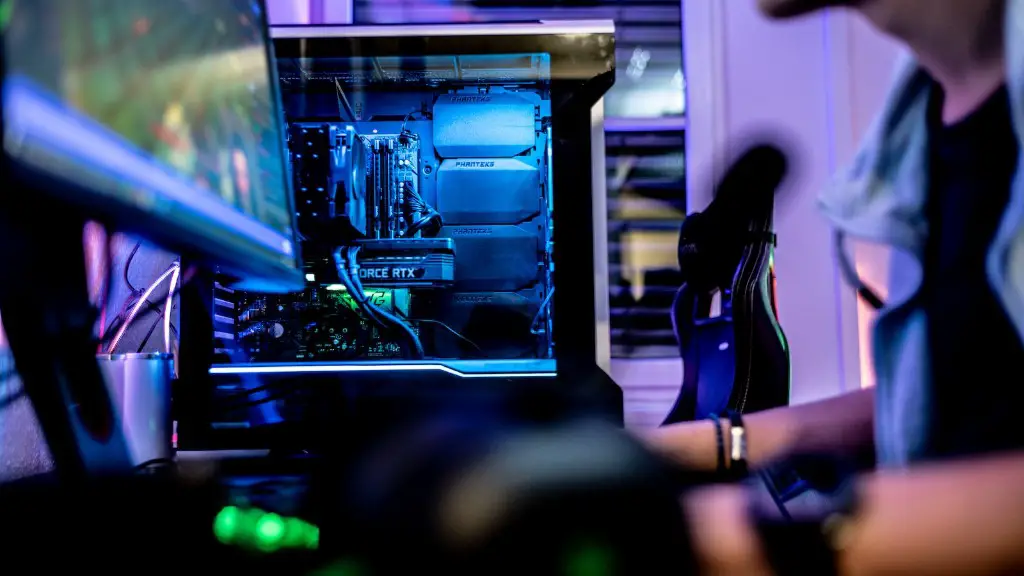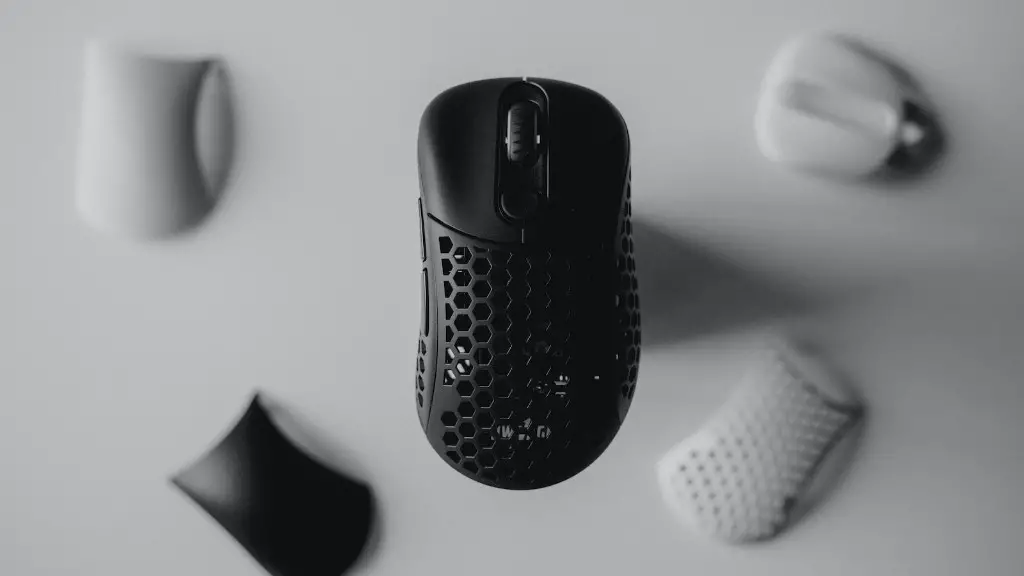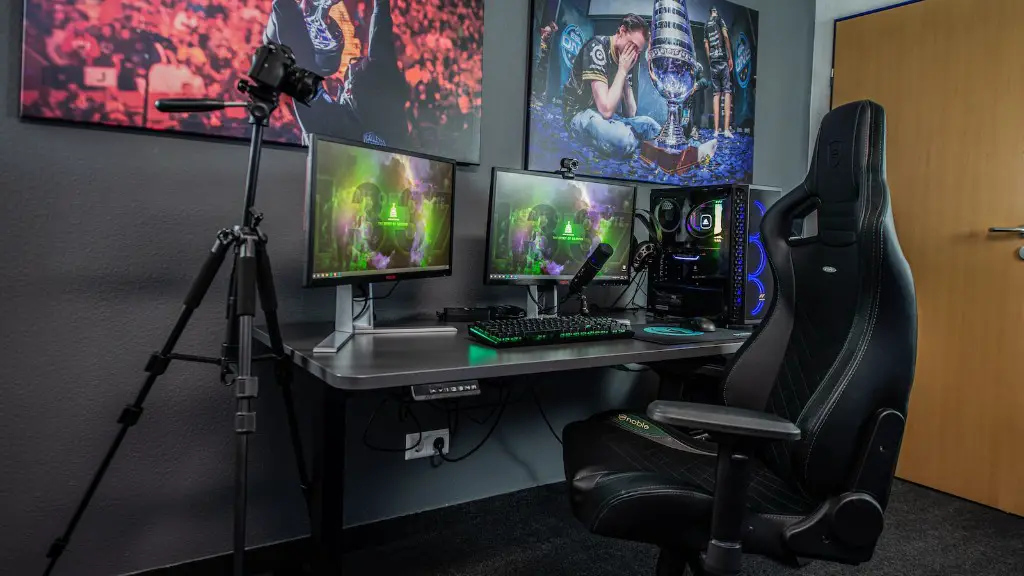Building a gaming PC is not as hard as many people believe. There are a few key steps you’ll need to follow to get the best results, but with the right component selection, it can be a breeze. From understanding the ideal specs to picking the right processor and peripherals, putting together a gaming PC can be an exciting, rewarding experience. Contained within are the crucial things you’ll need to consider when starting out.
First and foremost, you’ll need to decide on your budget. One of the main benefits of DIY building is that you can tailor the cost to your specific needs. With the right components, you can create a PC that’ll play modern games at their highest settings while remaining within your price range. Once you have your budget in mind, you can begin to narrow down your component choice.
The key part of most gaming systems is the processor. It’s essential to pick the right processor for your build, as it will determine how powerful and capable your gaming PC will be. Try to find a processor that is at least four cores and has hyper-threading. This will provide the best performance for the money spent.
The graphics card is the other important component in a gaming system. You should select one based on your resolution, budget, and the games you plan to play. It’s important to find a card that will be powerful enough to handle your desired games at their highest quality settings. Be sure to look up reviews online before selecting a graphics card.
The last key component of a gaming PC build is storage. Solid-state drives (SSDs) give the best performance and are recommended in most builds. An SSD is much faster than a regular hard drive and can make your PC boot up faster. Depending on size, you can also fit a large amount of games onto an SSD, so it’s worth considering if you’re gaming extensively.
When assembling the actual PC, be sure to follow the instructions carefully. It can be intimidating for new builders, but most of the steps are relatively straightforward. Read through the motherboard manual to make sure everything is compatible, as well as finding the best slot for your components. Most motherboards will have a layout guide of where each component should be plugged in. From here, all you have to do is connect the cables for the fans and power supply, and your system should be ready to boot.
Understand the Ideal Specs
When building a gaming PC, it’s important to know what the ideal specs are. Finding the maximally efficient equipment that’ll provide the best performance is key, as it’ll determine the type of games one can run, and at what settings. Something to consider when searching around for components is the balance between cost and performance. It’s important to compare hardware reviews, so that one has the best understanding of the hardware’s capabilities. It’s prudent to research modern hardware on the internet and get good benchmarks, as this’ll help determine the best overall PC build.
Moreover, by having an idea of the target specs within a budget, it’s easier to decide which components are necessary and which aren’t. For example, if a player wants to enjoy 4K gaming, but doesn’t have the budget for a high-end processor and graphics card, it’s best to scale down the target resolution. Additionally, frame rate is another aspect to consider. A powerful set of hardware can provide an optimal playing experience, whereas a bare-bones system with a mid-tier GPU can still allow players to enjoy games, albeit at lower settings and with lower framerates.
In addition, players should always look at benchmark scores when researching the ideal specs. Knowing the GPU score, processor score, and the RAM score are all imperative to finding the balance that’ll be the best fit. Ultimately, it’s important to find the hardware that’s best for the budget, as this’ll indicate the types of games one can play, as well as how graphically rich the games can be.
Select the Right Processor
When selecting the processor for a gaming PC build, there are certain criteria one should look out for. Firstly, it’s important to choose one that has a high clock speed and multiple cores, as this’ll increase the average frame rate. A processor with hyper-threading technology is also a plus, as this emulates an additional processor core, enabling the CPU to process more data at once. Lastly, make sure to select a processor that is powerful enough to handle the desired applications, as this’ll ensure the best performance.
When shopping around, there are a few brands that offer quality computing processors. Intel’s i9 range is renowned for its high-end multi-core processors, and their latest i9-9900K has the highest single-threaded performance of any CPU. AMD’s Ryzen range is also a great choice, with the Ryzen 7 2700X having the highest multi-threaded performance of any CPU. Ultimately, the best processor for a gaming PC depends on budget, as well as the types of games one wants to play.
Once the desired processor is selected, it’s essential to install it correctly. Carefully lift the heat sink off the motherboard and insert the processor into the slot. After that, use the arm lever to make sure it’s secure. Then, place the heat sink back onto the processor, and make sure it’s firmly attached. Lastly, attach the fan cable to the mobo fan connector to make sure the processor is temperature controlled during gaming.
Pick the Graphics Card
The graphics card is the key part of any gaming PC build. It’s essential to choose one that is powerful enough to handle the games one wants to play. In addition, one should factor in the resolution they are playing at, as a higher resolution will require more powerful GPUs. Ultimately, it’s important to select a GPU that is within budget and has enough power for the desired games.
When shopping around for GPUs, there are a few key brands to consider. NVIDIA’s GTX range is one of the most commonly used, as it offers excellent performance for a range of different budgets. AMD’s Radeon range is also popular, with their latest RX 5700 XT giving excellent performance for its price. Moreover, mid-range and entry-level GPUs can still provide a good playing experience for those on a budget.
Installing a graphics card is relatively straightforward. Firstly, make sure the GPU is compatible with the motherboard. Then, use the power connections on the GPU to attach the necessary cables. Lastly, attach the GPU to the motherboard slot. After all of these steps have been completed, the graphics card should be ready to use.
Choose the Appropriate Storage
When selecting storage for a gaming PC, one should always prioritize reliability and speed. There are a few key storage components players should consider when assembling the PC, such as solid-state drives (SSDs) and hard drives. Most people opt for a large SSD as the boot drive, as it’ll make the PC run faster. If a larger capacity is desired, players can opt for a combination of SSD and HDD. This way, an adequate amount of space can be stored for games, as well as providing high-speed performance for important applications.
When shopping for storage, it’s important to double check the compatibility of each product. Additionally, make sure the drive interfaces are compatible with the motherboard, as this’ll determine how fast the storage will operate. Regular hard drives tend to be much slower than SSDs, but they are much cheaper, so they’re a good option for those who want extra storage space with a low budget.
Installing storage is relatively easy. Most modern motherboards have a SATA port, which allows users to connect hard drives and SSDs easily. To install an SSD or hard drive, connect the cable to the motherboard and the power supply. Afterwards, the drive should be detected by the system, and data can be transferred to it.
Assemble the PC Correctly
It’s important to assemble the PC correctly in order to ensure optimal performance. Firstly, double check all of the components are compatible with each other. Additionally, make sure the motherboard has enough space to fit all of the components before beginning the assembly. After that, read the manual carefully, as this’ll ensure the installation goes smoothly.
Installing the hardware is relatively straightforward. Place the processor into the motherboard slot and use the arm lever to secure it. Make sure to attach the fan cable too, as this will provide additional cooling support. Afterwards, use the power cables to connect the GPU, hard drive, and SSD. Lastly, connect the fan and cable to the power supply.
When all the hardware is installed, it’s important to make sure everything is working correctly. With the power turned ON, check that all fans are spinning and the lights on the motherboard come on. If everything looks OK, boot into the BIOS and check that all devices are detected correctly. After all of these steps are complete, the system should be ready to use.



